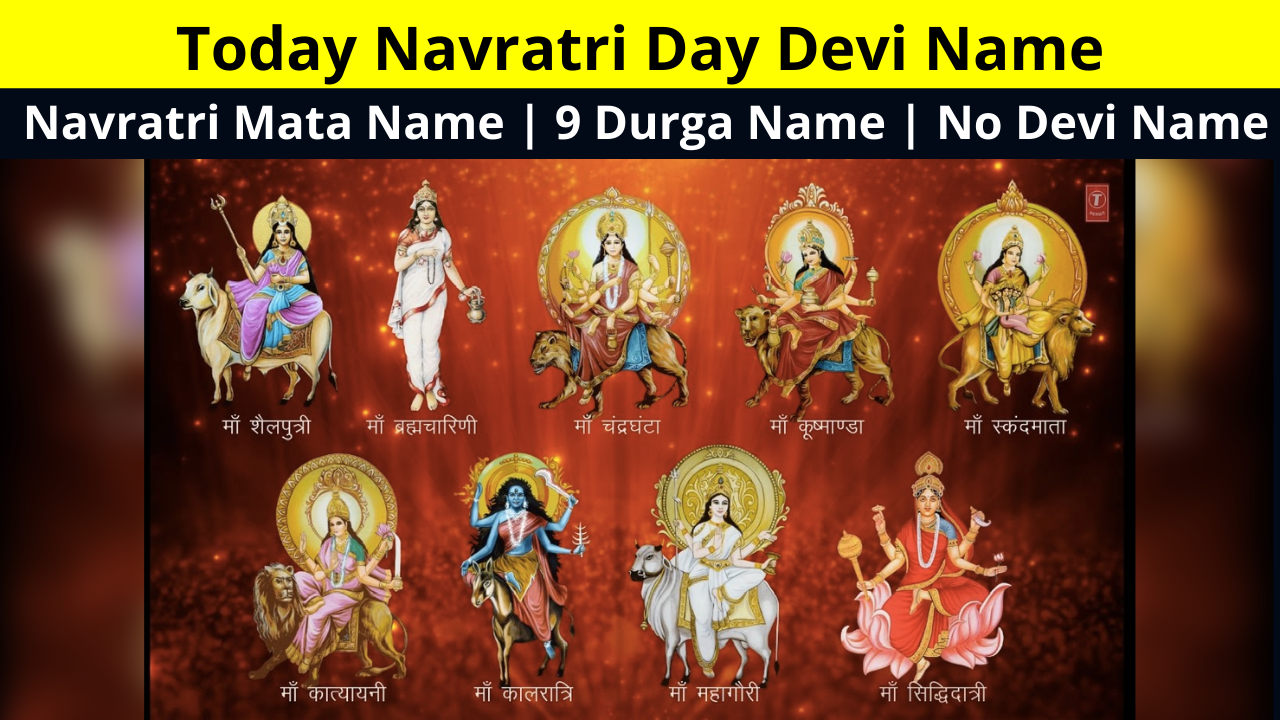Navratri, the nine-night festival devoted to honoring Goddess Durga, stands as one of India’s most profound and vibrant celebrations. It is observed with immense zeal and dedication, particularly in states like Gujarat, West Bengal, and numerous other regions across the nation. Throughout these auspicious days, devotees embark on a spiritual odyssey to pay homage to the nine Devi destinations, each representing a distinct manifestation of the Goddess. In the following article, we will provide you with guidance on navigating these sacred sites during Navratri, guaranteeing a one-of-a-kind and spiritually enriching journey.

Read more.. Your Dream Honeymoon: Essential Tips and Ideas
Read more:- Ayodhya’s Ram temple may open for devotees from January 24 in the new year
1. Plan Your Itinerary
To embark on a journey to the nine Devi destinations during Navratri, meticulous planning is essential. Start by creating an itinerary that includes the names and locations of each of the nine temples. The nine Devi destinations are:
- Vaishno Devi Temple in Jammu & Kashmir
- Kamakhya Temple in Assam
- Maa Sharda Temple in Maihar, Madhya Pradesh
- Vindhyachal Temple in Mirzapur, Uttar Pradesh
- Tulja Bhavani Temple in Tuljapur, Maharashtra
- Mahalakshmi Temple in Kolhapur, Maharashtra
- Maa Chamunda Devi Temple in Kangra, Himachal Pradesh
- Maa Vaishno Devi Temple in Katra, Jammu & Kashmir
- Karni Mata Temple in Deshnok, Rajasthan
When contemplating the journey between these destinations, it’s essential to factor in the considerable distances and logistics involved. Depending on your starting point, you have the flexibility to commence your temple exploration from any of these sacred sites and chart a route that best suits your travel plans and preferences.

Read more:- Romantic Escapes: Unique Honeymoon Tips for Couples
Read more – Finding Serenity: Visit Parmarth Niketan Ashram in Rishikesh
2. Check the Festival Dates
Navratri spans for nine nights and ten days, and the exact dates can vary from year to year. It is crucial to confirm the dates of Navratri for the particular year you plan to visit. These dates are determined based on the lunar calendar, so they may differ from the standard Gregorian calendar.
3. Accommodation and Transportation
Book your accommodation well in advance, especially if you plan to visit popular temples like Vaishno Devi or Kamakhya during Navratri. Consider staying in nearby hotels or guesthouses to ensure a comfortable and convenient stay.
For transportation, choose the mode that suits your budget and comfort. You can opt for trains, buses, or even flights, depending on the distances between the temples. Ensure you have all the necessary bookings and tickets in place.
4. Dress Code and Temple Etiquette
Respect the customs and traditions of each temple. Dress modestly and in accordance with the temple’s dress code, which may vary from one temple to another. Be aware of any specific rituals or customs observed at each temple and follow them respectfully.
5. Carry Essentials
Carry essentials like water, first-aid kits, and necessary medicines, especially if you have any health concerns. It’s advisable to have a small bag with you containing these items, as well as some snacks for the journey.
6. Seek Blessings and Enjoy the Journey
Navratri transcends mere pilgrimage; it’s a profound spiritual odyssey that enables a deep connection with the divine. With each temple visit, seek the blessings of the Goddess, submerge yourself in the devotional ambiance, and absorb the cultural opulence of the regions you explore.
Conclusion
Traveling to the nine Devi destinations during Navratri is a unique and spiritually rewarding experience. By planning your itinerary, respecting temple customs, and immersing yourself in the devotional fervor of Navratri, you can make the most of this sacred journey. Remember that Navratri is not just about visiting temples; it’s about connecting with the divine feminine energy that these temples represent and finding inner peace and spiritual growth along the way.


0 Comment